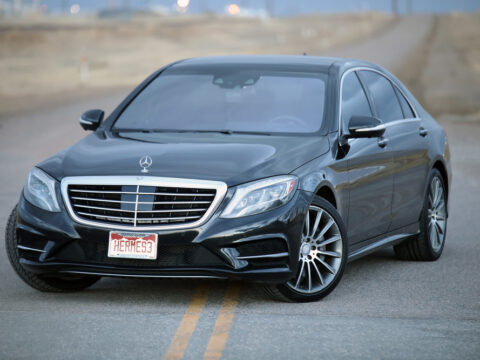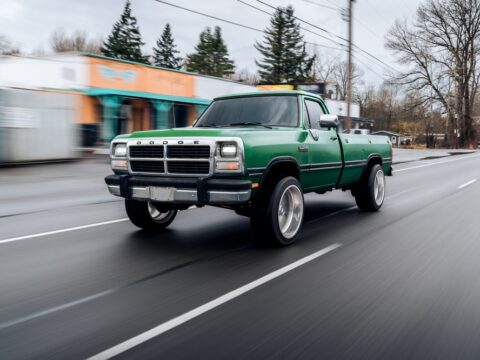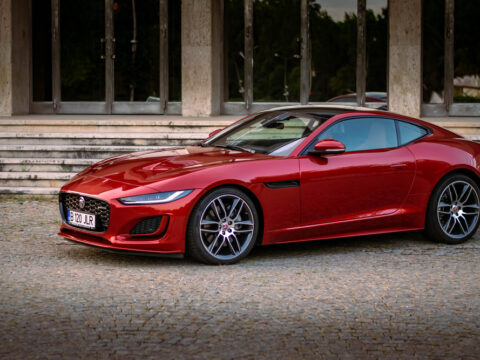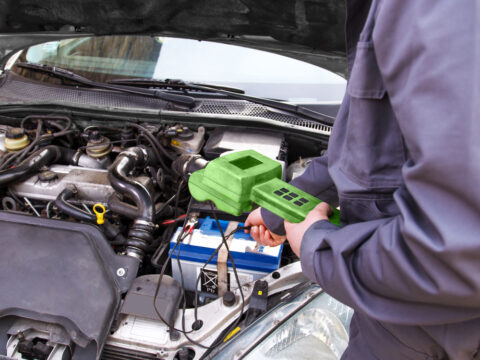When it comes to compact cars, many buyers assume they’re getting an affordable vehicle with lower running costs. However, some models come with hidden expenses that can catch you off guard. From pricey maintenance to unexpected repair bills, these compact cars may not be as budget-friendly as they seem. Here’s a closer look at 18 compact cars that could end up costing more than you think.
Contents
Mini Cooper
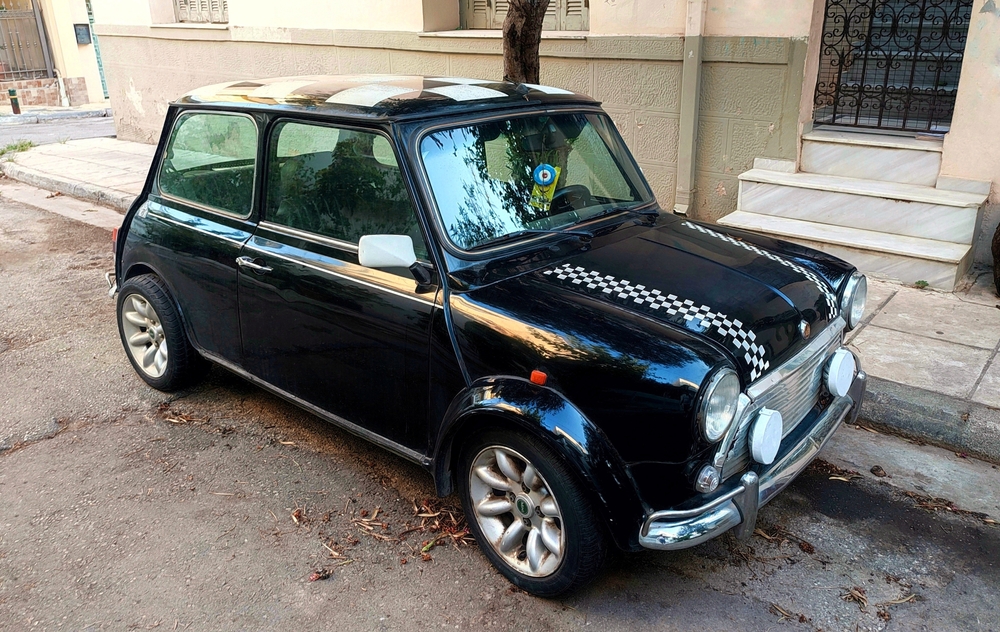
While the Mini Cooper boasts a stylish design and compact dimensions, it often comes with hefty maintenance costs. Owners frequently report high repair bills due to the premium parts associated with its BMW parent company. In addition to these expenses, fuel economy, though decent, falls short of being exceptional. For those upgrading to higher trims, the price can quickly soar into luxury car territory.
Volkswagen Golf
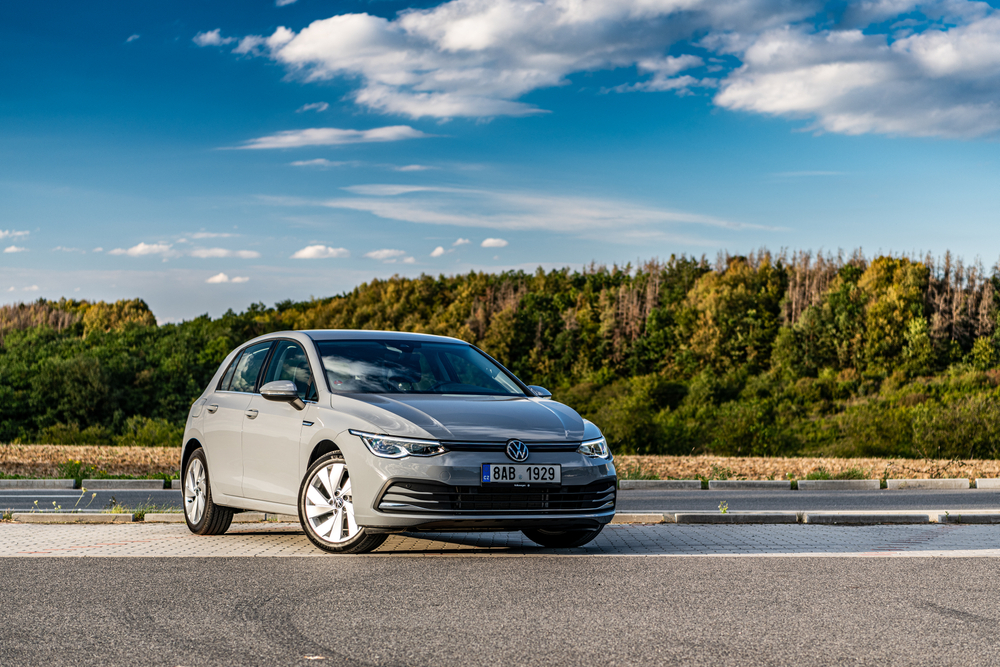
The Volkswagen Golf is renowned for its refined driving experience, but its long-term costs can catch owners off guard. Maintenance fees tend to be higher than average due to the complexity of VW’s engineering. Parts, especially for older models, are expensive, and repair work can require specialized service. Even though the fuel economy is reasonable, these extra expenses make the Golf less budget-friendly than anticipated.
Fiat 500
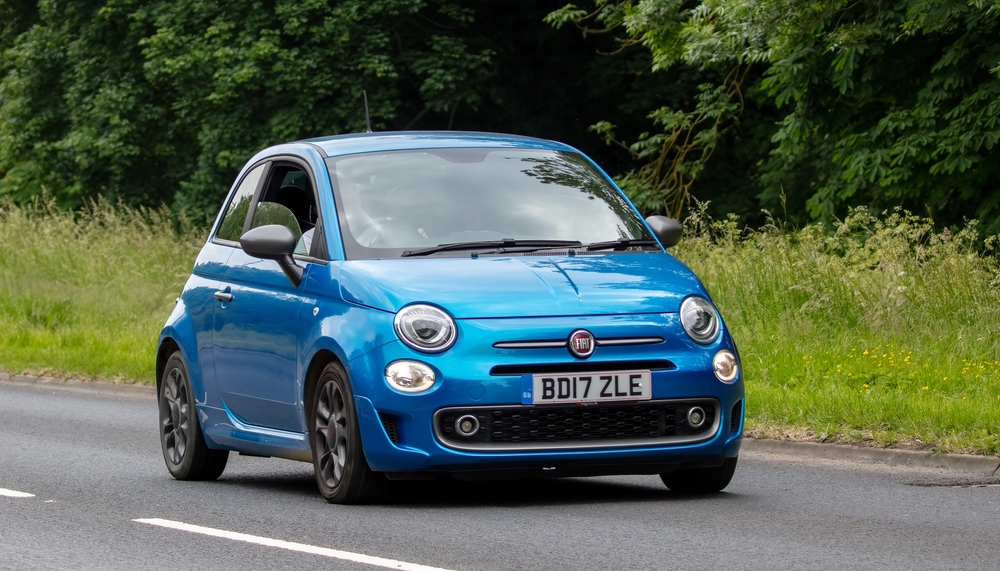
With its quirky aesthetics and compact size, the Fiat 500 appeals to city dwellers, but it comes with hidden costs. Reliability issues plague many models, leading to frequent and costly repairs. Additionally, parts for the Fiat 500 can be hard to source, often driving up the price of maintenance. These unexpected expenses make owning a Fiat 500 far more expensive than the initial sticker price suggests.
Mazda3
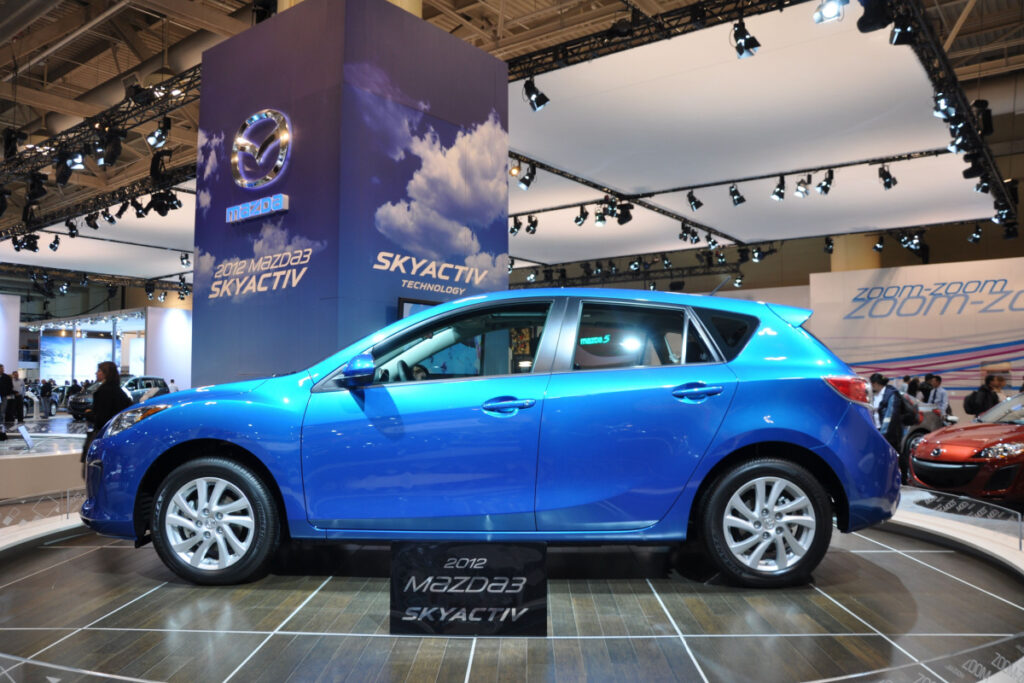
The Mazda3 delivers an engaging driving experience, but the associated costs can add up over time. Although the purchase price is reasonable, Mazda vehicles are known for requiring more expensive engine repairs and brake replacements. Fuel efficiency, while not terrible, lags behind competitors, particularly in non-hybrid models. Over time, these combined factors contribute to higher ownership costs.
Audi A3
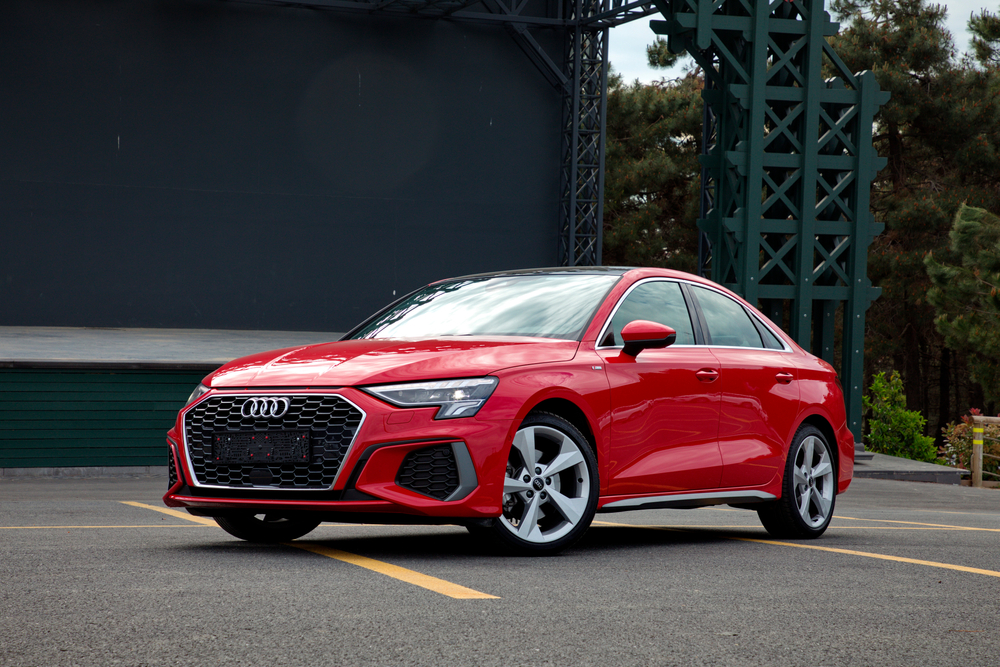
The Audi A3 presents itself as an affordable luxury car, but its true costs extend well beyond the showroom price. Expensive parts and premium service fees add significantly to maintenance bills. Additionally, the car’s depreciation rate is faster than some competitors, which means resale value diminishes more quickly. The need for premium fuel further increases running costs, making the A3 less economical in the long run.
Subaru Impreza
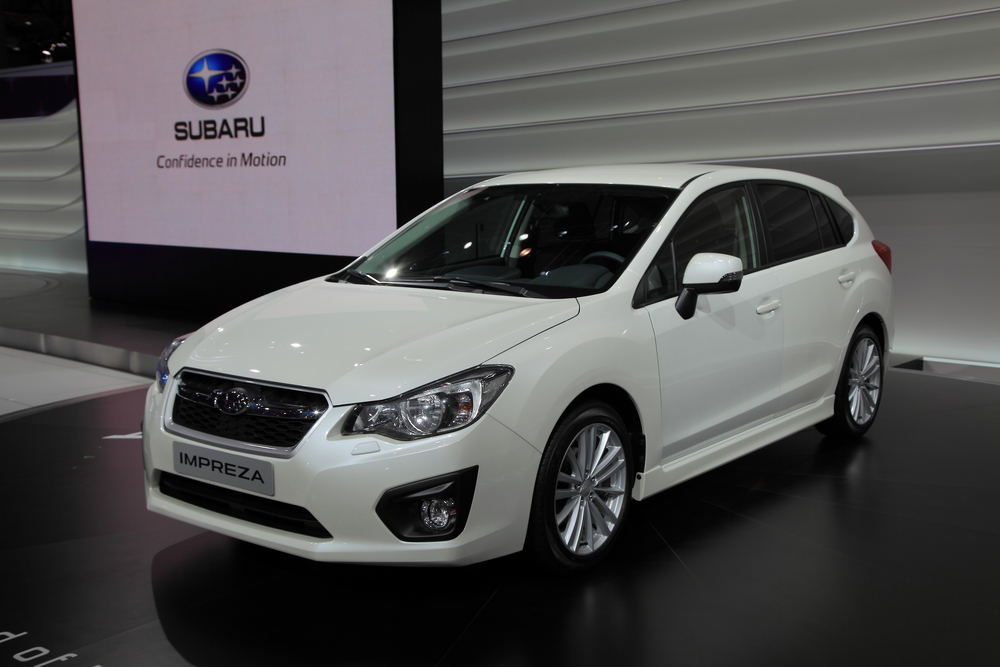
Known for its all-wheel-drive capabilities, the Subaru Impreza offers reliability but at a price. The AWD system requires more frequent maintenance, particularly with the drivetrain, adding to the car’s overall expenses. Despite its compact nature, the Impreza’s fuel economy lags behind other vehicles in its class, leading to higher fuel costs. Insurance premiums also tend to be more expensive, making the Impreza a costlier compact than expected.
Mercedes-Benz A-Class
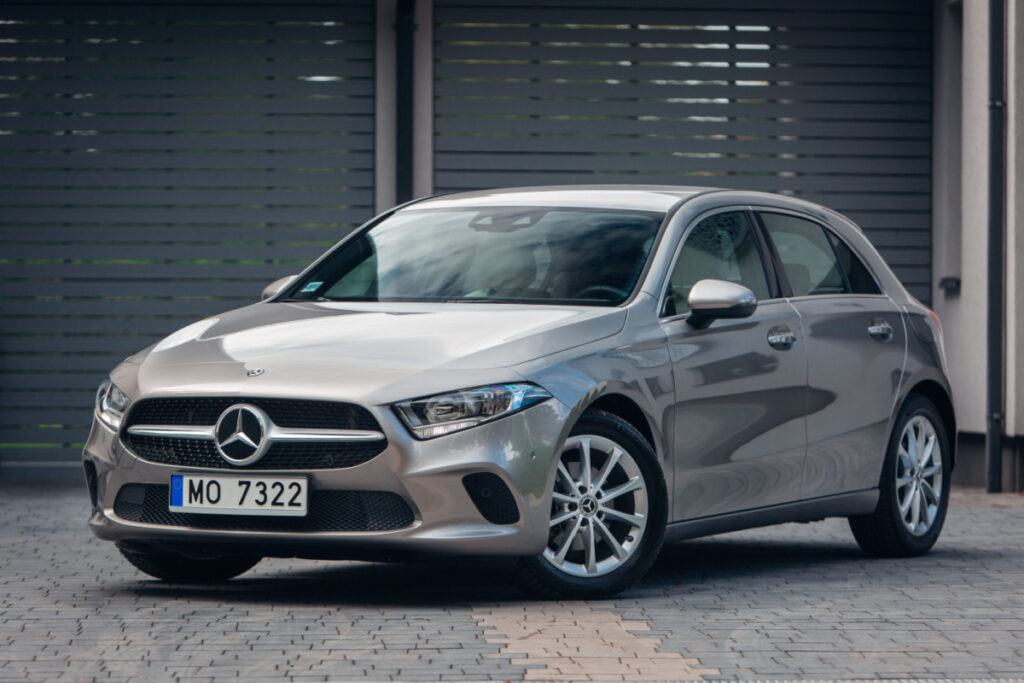
Although the Mercedes-Benz A-Class provides an entry point into luxury, owning one comes with significant financial drawbacks. Routine maintenance and repairs are considerably more expensive due to the use of premium parts. Even simple services, when performed at authorized Mercedes dealerships, can carry a luxury price tag. Requiring premium fuel adds another layer of costs, making this compact car pricier to operate.
Honda Civic Type R
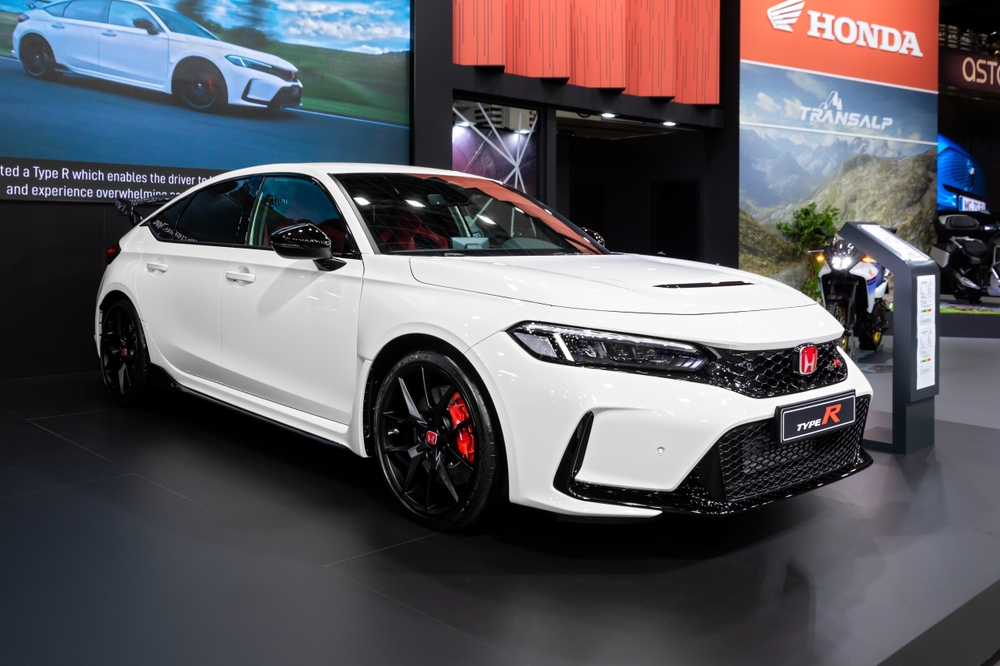
The Honda Civic Type R is a high-performance version of the popular Civic, but that performance comes with extra expenses. Insurance rates for the Type R are higher due to its sporty nature, and it requires premium fuel to run optimally. Parts for performance components like the brakes and suspension also tend to be more expensive. While it’s fun to drive, the cost of ownership is considerably higher than that of a standard Civic.
Nissan Leaf
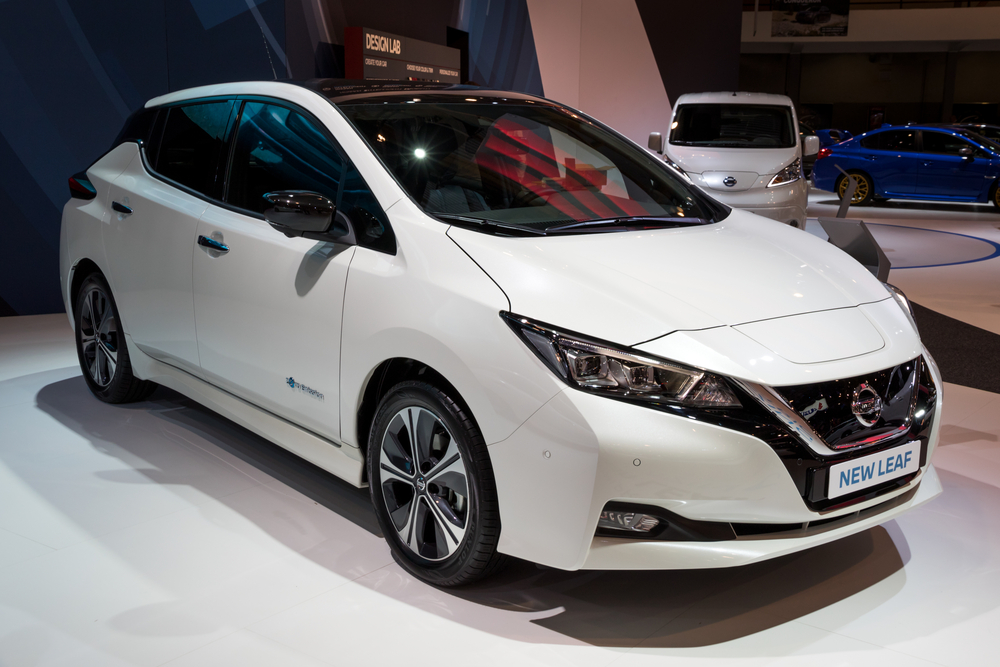
The Nissan Leaf, an all-electric compact, appears to offer savings on fuel, but its high costs emerge elsewhere. Battery replacement is an expensive necessity after several years of use, often costing thousands. While the Leaf avoids gasoline costs, charging infrastructure can pose additional expenses, particularly for those needing home charging stations. Depreciation also hits the Leaf hard, reducing its resale value substantially.
Alfa Romeo Giulietta
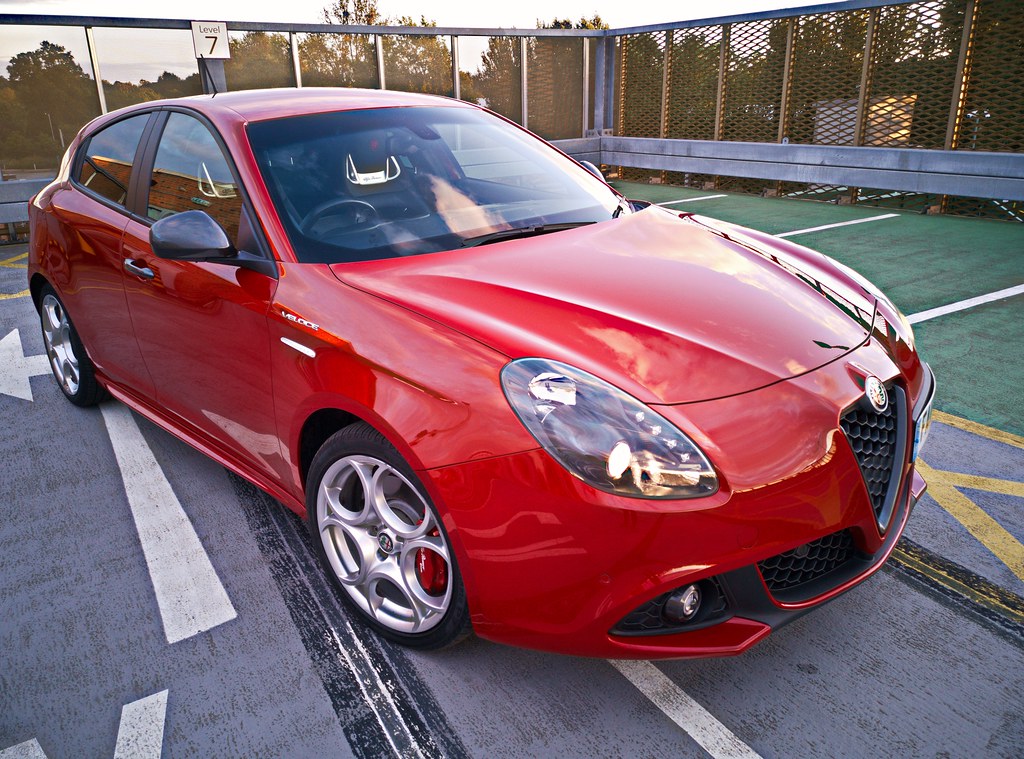
The Alfa Romeo Giulietta exudes style and performance, but maintaining this Italian beauty is costly. Parts can be difficult to source and expensive, especially in regions where Alfa Romeo has fewer dealerships. In addition to parts, labor costs tend to be higher due to the brand’s complex engineering. Reliability ratings for the Giulietta are also lower than average, which can lead to frequent repairs and higher expenses.
Ford Focus RS
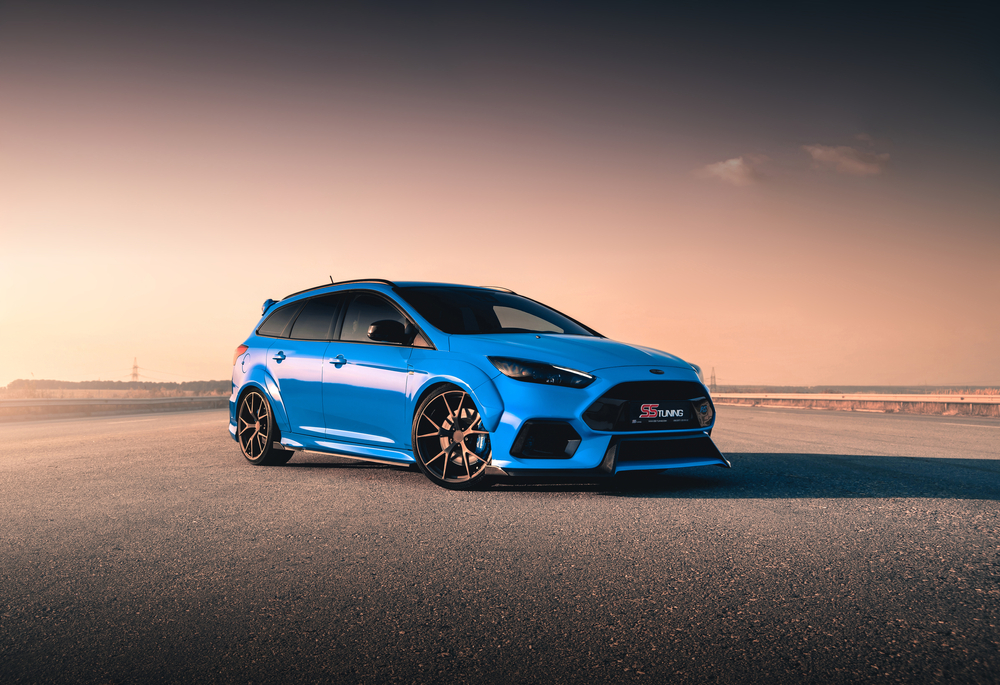
With its thrilling performance, the Ford Focus RS is a favorite among enthusiasts, but that performance comes at a steep price. Insurance premiums are notably higher for the RS due to its high horsepower and sporty features. Maintenance costs, particularly for the turbocharged engine and specialized brakes, are much higher than standard compact cars. Fuel efficiency is also poor, leading to additional costs at the pump.
Chevrolet Bolt EV
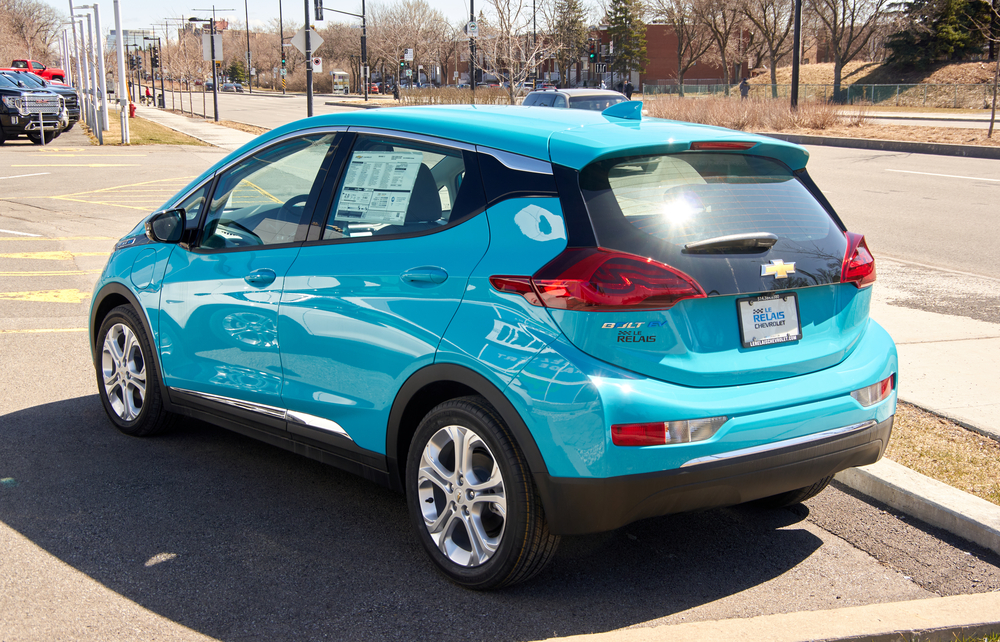
Though the Chevrolet Bolt EV eliminates gas station visits, it introduces other costs that can be a burden. The battery pack, essential for electric vehicles, can degrade and eventually need replacement, which is extremely expensive. Specialized maintenance is often required, adding to service costs for owners. Additionally, while charging is cheaper than filling a tank, charging infrastructure can add installation costs for at-home chargers.
Hyundai Veloster
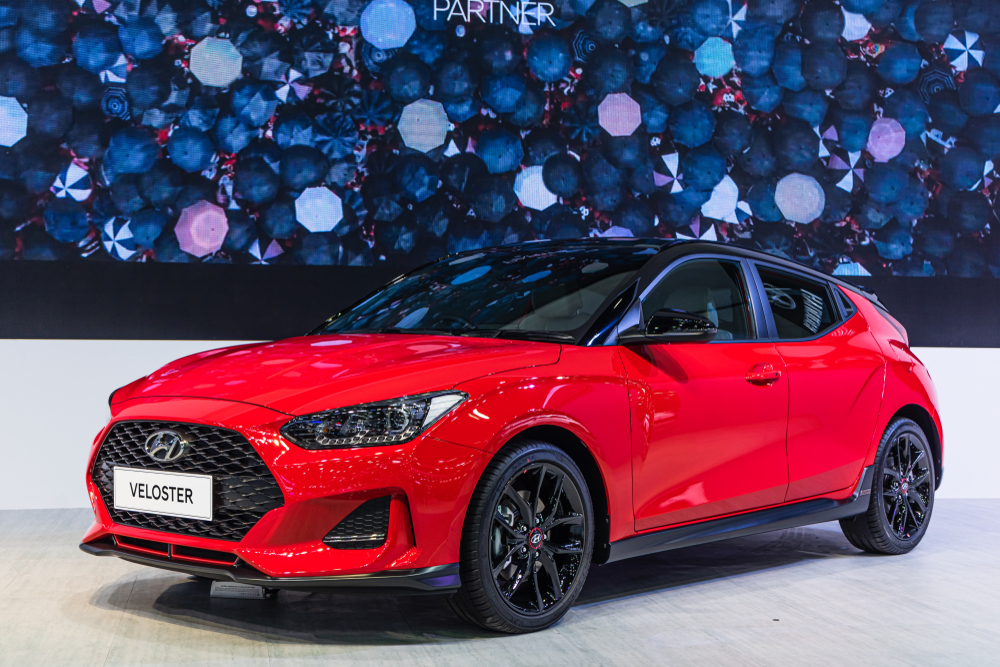
The Hyundai Veloster stands out for its sporty appearance, but the Turbo model, in particular, drives up costs. Insurance rates are higher for the turbocharged version due to its performance characteristics. Furthermore, maintaining the turbo engine involves pricier repairs and more frequent servicing. Although it seems budget-friendly at first, these additional costs make it a less economical choice.
Toyota Prius C
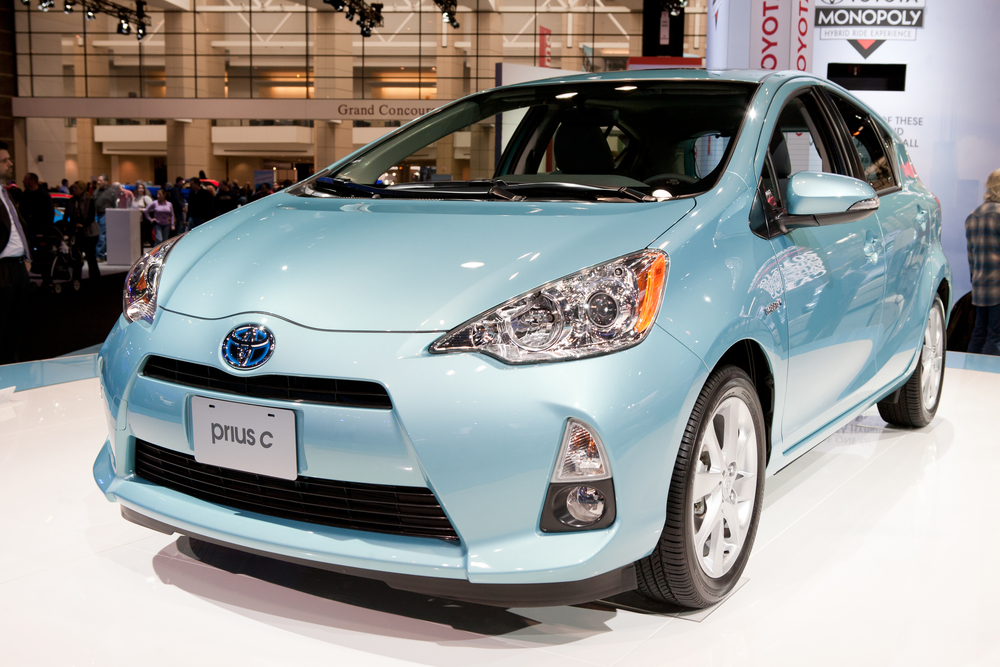
The Toyota Prius C, as a hybrid, is expected to offer long-term savings, but it doesn’t always live up to that promise. The initial purchase price is higher than many non-hybrid compact cars, and over time, the cost of maintaining the hybrid components, such as the battery, can add up. Fuel savings are not as significant when compared to newer, more fuel-efficient gas-only cars.
Lexus CT 200h
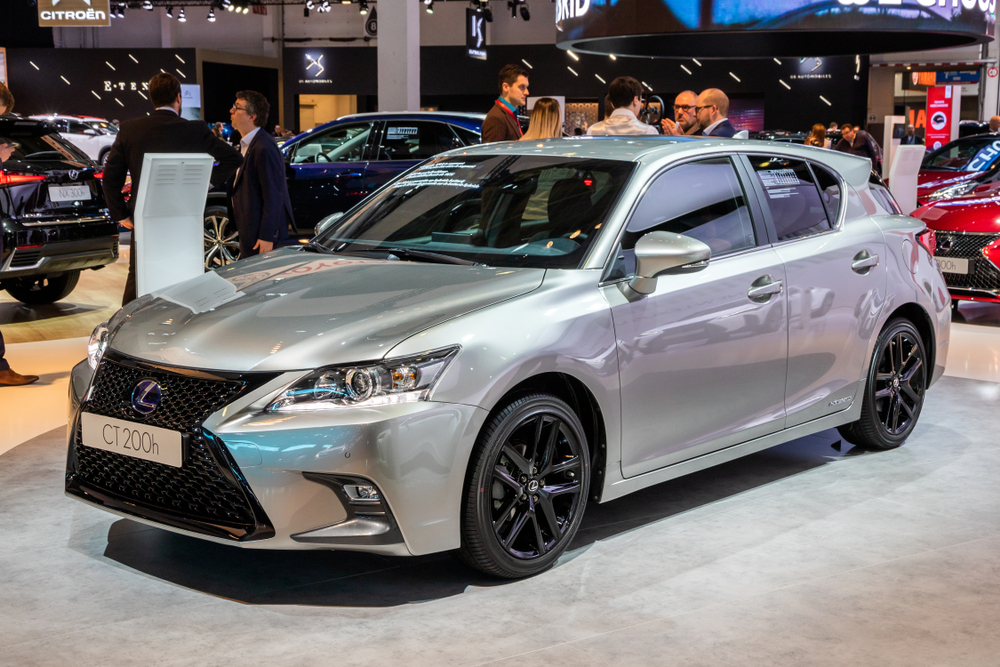
While the Lexus CT 200h delivers both luxury and hybrid efficiency, owning one involves significant ongoing costs. Luxury parts and services come at a premium, which increases the overall cost of maintaining this compact. Although it offers good fuel economy, the savings are minimal compared to the high cost of servicing and parts. Over time, these factors make the CT 200h more expensive to own than other hybrid options.
Volvo V40
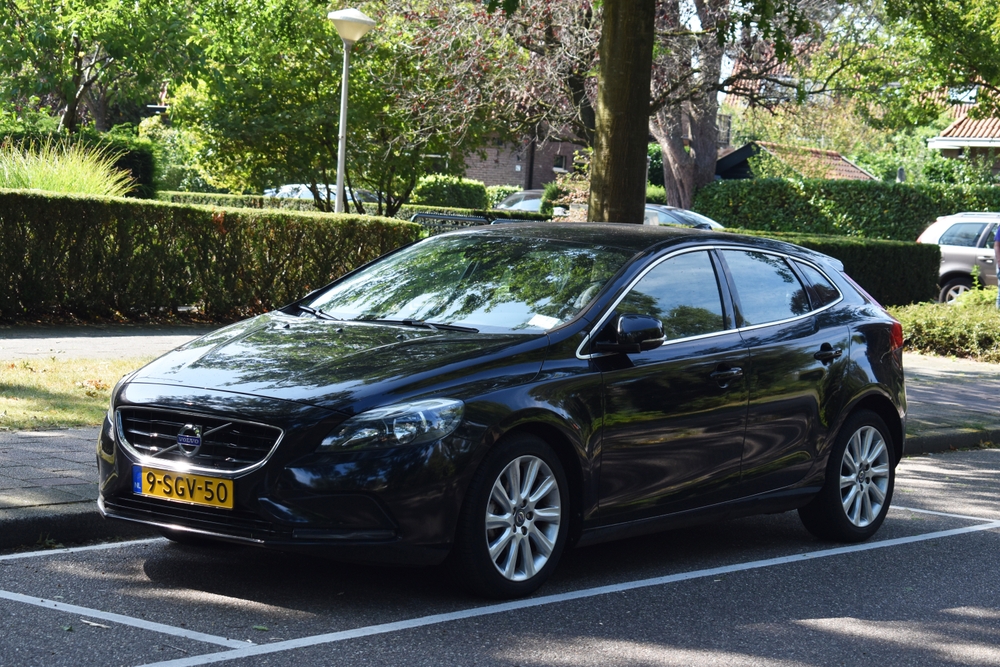
Volvo’s V40 combines Scandinavian design with safety, but this compact car comes with luxury-level costs. Repairing or replacing parts for a Volvo can be expensive, and dealerships tend to charge more for labor. Although fuel efficiency is decent, it falls short of some competitors, leading to higher running costs. Overall, the V40 may look like a budget-friendly luxury car, but the reality is far different.
Mitsubishi Mirage
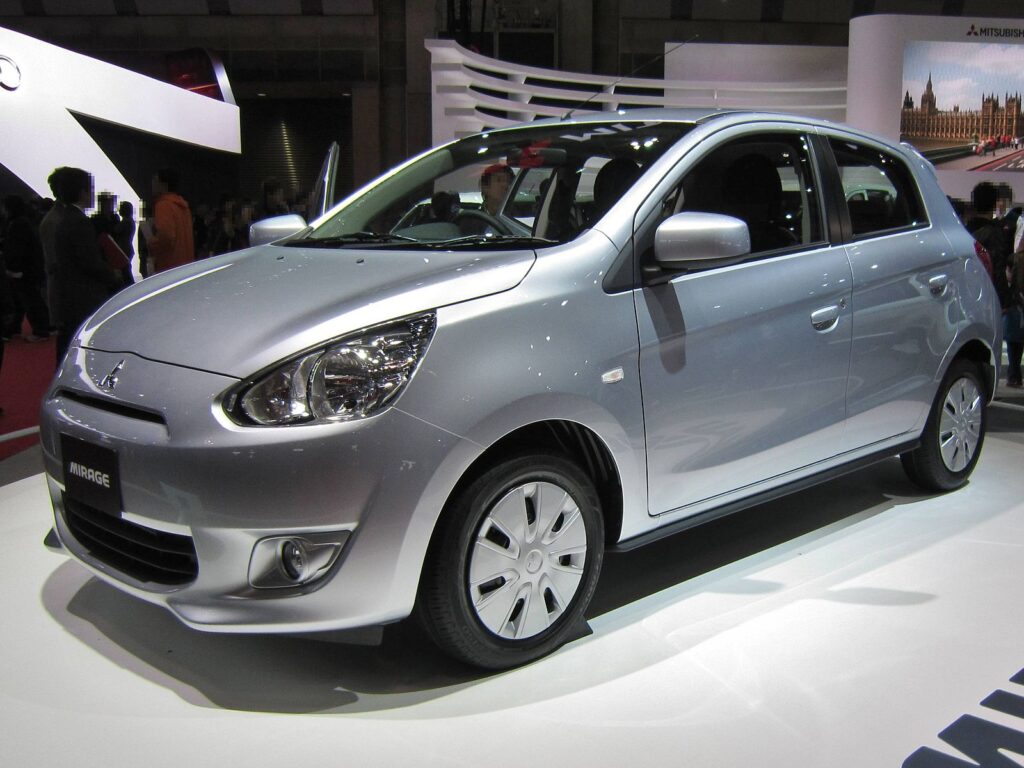
Despite its low starting price, the Mitsubishi Mirage proves costly in the long run. Poor reliability ratings mean owners often face frequent repairs, which drives up maintenance costs. The Mirage also suffers from low resale value, meaning it depreciates quickly. Although it may seem like a good deal upfront, the long-term costs make it a less attractive option for budget-conscious buyers.
Smart ForTwo
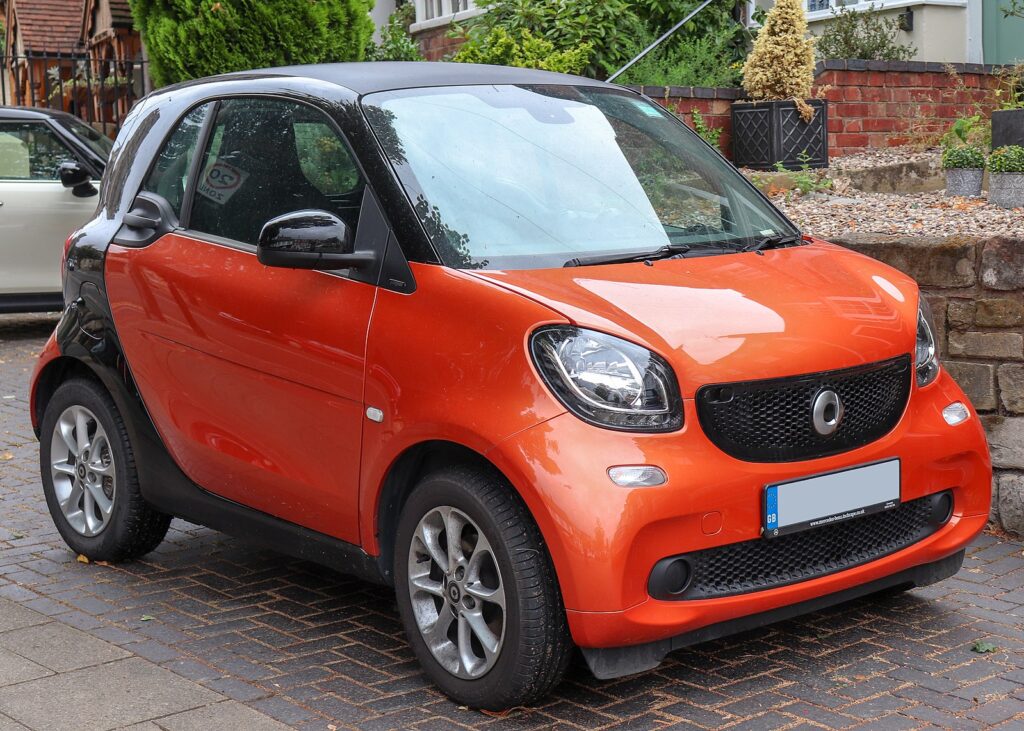
The Smart ForTwo, with its ultra-compact design, might seem like a cost-effective choice, but it comes with several hidden costs. Repair parts are often hard to find and expensive, especially due to the limited availability of Smart service centers. Additionally, fuel efficiency is not as impressive as one might expect from such a small vehicle. Over time, these factors make the Smart ForTwo a less budget-friendly car than it initially appears.
This article originally appeared in MyCarMakesNoise.
More from MyCarMakesNoise
13 Classic Sailboats Still Gracefully Navigating the Seas

There’s something timeless about the sight of a classic sailboat cutting through the waves. While modern vessels dominate most marinas, a few traditional sailboats continue to navigate the seas with grace and elegance. Read More.
20 Fascinating Facts about Classic American Muscle Cars
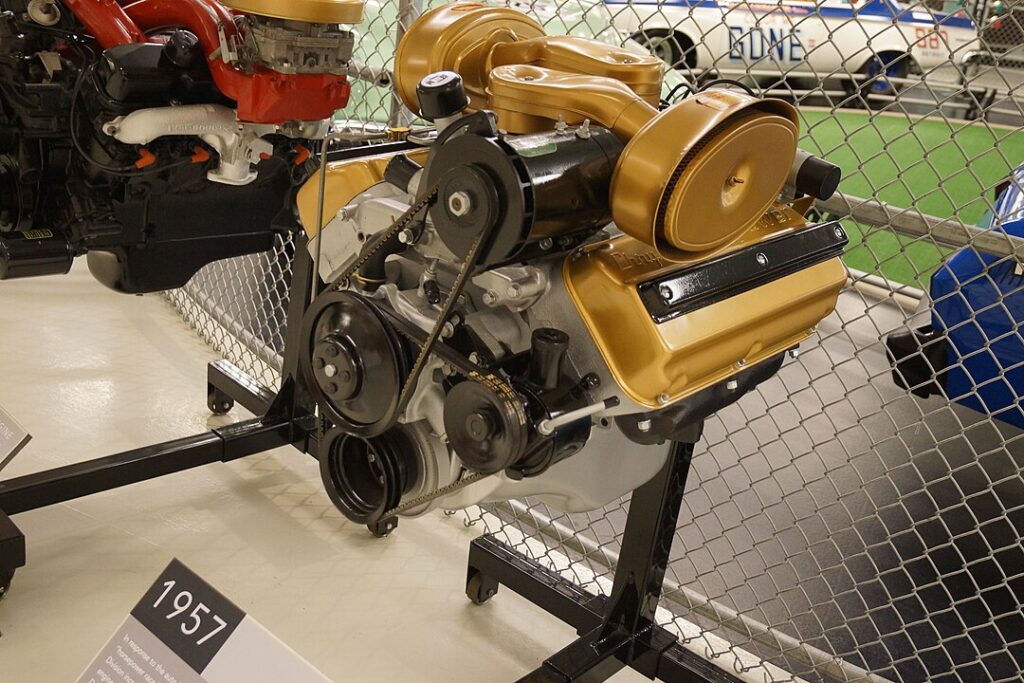
Classic American muscle cars hold a special place in automotive history, capturing the essence of power, speed, and style. These iconic vehicles not only defined an era but also left a lasting impact on car culture. Read More.
20 Historic Tractors That Are Still Plowing Strong

There’s something remarkable about a tractor that’s been working the fields for decades and still hasn’t lost its touch. These historic machines, built to last, have outlived their expected lifespans and continue to plow with the same strength as the day they rolled off the assembly line. Read More.

